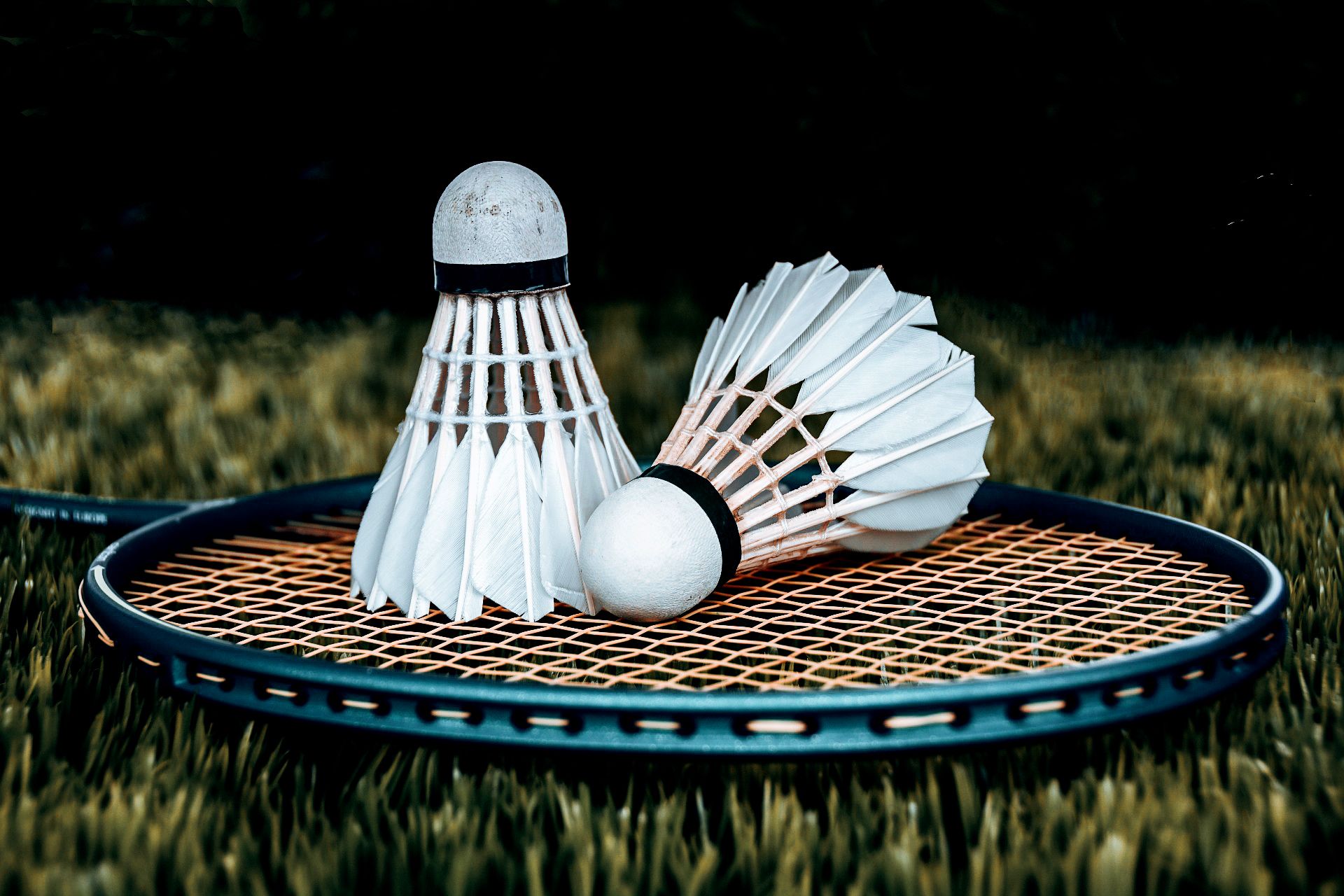Are Our Athletes bigger than the country?

India, the largest country in the world in terms of area, the second-largest in population, the sixth-largest economy in the world, and the third-largest by purchasing power parity.
India is a stable country with an arguably good ecosystem built for athletes to thrive. Sports in India have great lineage, the dynamics of sports have grown multiple folds in the past 3 decades.
Sports and sports entertainment are an integral part of the culture of the country. People are passionate about sports, though hockey is the national sport, cricket is by far the most-watched or played sport in the country. Other popular games are football, badminton, wrestling, boxing, tennis, and weightlifting.
But when it comes to winning trophies or medals or titles, India has always been on the back foot. There is no straightforward answer to this as to why a country with a decent sports ecosystem and economics as big as many developed nations fail to produce fewer numbers of athletes that go and dominate on the world stage.
Countries like Egypt, Iran, South Korea, Argentina have dominated sports such as squash, weightlifting, archery, and polo. Are all these countries with rich sporting culture and ecosystem that is better than India? Certainly, not.
In some of these developing countries, students getting permission from educational institutes for taking time out for sports is very unusual.
Today Egypt has six out of ten in the top ten in the world ranking, both in men’s and women’s. South Korea leads the historical Olympic medal count in archery with 41 total, 25 of those being gold. Iran has won 20 medals in total, 9 gold, 6 silver, and 5 bronze. Argentina’s love affair started way back in the 1870s with the British settlers introducing this sport to the locals, and currently, there are close to 3,000 active players across the nation.
Badminton is one such sport that has gained immense popularity in India after Cricket. In the last ten years, India has produced close to 15 players and amongst those, PV Sindhu, Saina Nehwal, Srikanth Kidambi, and Sai Praneeth have arguably done well. But the best of them being PV Sindhu who impressively managed to win back-to-back medals at the Olympics, win BWF world championship gold, and many individual titles.
The past few years have been pathetic for Indian badminton, Sindhu being the only saving grace for the country. In a country that has more than 15 players participating in the international circuit, there have not been more than 3 titles since 2019. Men’s singles have one bronze medal from the BWF world championships and the rest being 2nd and 3rd round exits.
What stops the others from doing this? Are the other not as motivated as Sindhu? Does the desire in others stop with a few titles? Have they lost the hunger with which they started? Winning few titles, some money, and recognition have filled their thrust?
For whatever reason we hate China, the Chinese have time and again proved that when it comes to discipline, no player is bigger than the nation.
They follow a strict rule, if you are not performing at the top of your game, then you don’t stand a chance to represent the nation in any format. There have been instances where some of the players were forced to retire from the national team, and they moved to a different country and started playing for them.
Without proper discipline, excellent government funding, a solid organised system, high level of competition, massive player pool, fantastic badminton culture, world-class coaching structure, no country can produce a player who can reign the world circuit. Individuals have to be thought to put the nation over themselves and have a shrewd way of cutting down nonperforming players.
This is how even Denmark has been able to achieve the sort of status that they are enjoying right now.
Indian players have won close to 83 titles and 1 silver and 2 bronze Olympic medals in the last 10 years, and the Chinese have nearly double the number of BWF titles and Olympic medals are nearly four times in all competitions.
Is the Indian badminton sector ready to achieve half of what the competition has done?